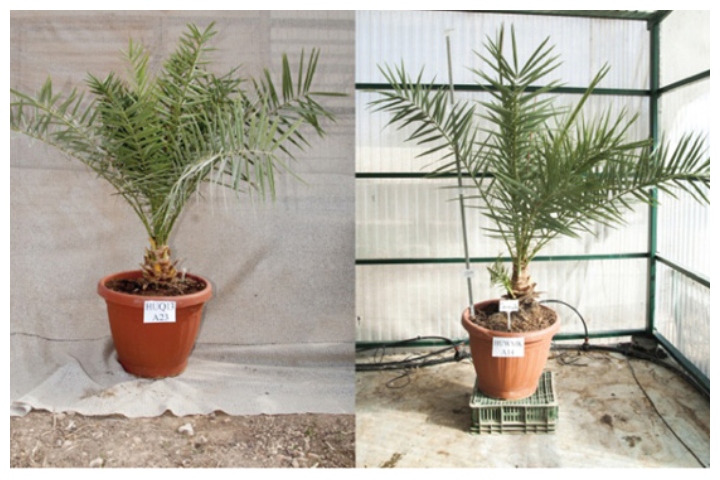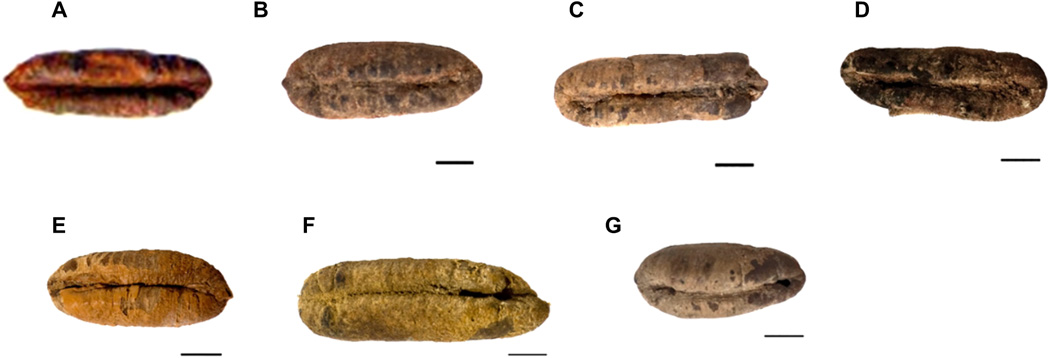One of the Roman Empire’s most beloved, long-extinct fruit trees has been revived in the 21st century after scientists successfully cultivated new plants from 2,000-year-old date seeds in Israel.

The Judean date was once considered a succulent treat in the historic region of Israel and Jordan, where the Roman Empire previously held sway. Ancient writers such as Pliny the Elder raved about the dates, and King Herod the Great used to present them to the emperor as gifts. The actual fruit died out sometime around the 11th century.
“These so-called ‘Judean dates’ grown in plantations around Jericho and the Dead Sea were recognized by classical writers for their large size, sweet taste, extended storage, and medicinal properties,” the scientists wrote in the Science Advances journal. The ancient seeds are approximately 30 per cent larger than ones that grow today.
The study authors managed to scrape together a few dozen seeds from ruins and caves near the Dead Sea, they eventually managed to breathe new life into the ancient date remnants in a lab in Israel.
Some seeds sprouted in a matter of weeks. Others took more than a year. Ultimately, six Judean date palm saplings sprouted from 32 seeds, and they’ve been given traditional names: Adam, Jonah, Uriel, Boaz, Judith and Hannah.
“I’m Jewish, so I gave them Jewish names,” lead study author Sarah Sallon told The Guardian. Sallon is overseeing the project in her role as director of the Louis Borick Natural Medicine Research Centre at the Hadassah Medical Organization in Jerusalem.
Sallon says the new plants are promising, but the project isn’t quite ready to bear fruit — yet.

Female plants need male pollen to produce fruit, and all six of the new date palm trees are female, Sallon explains.
However, her team just so happens to have one other Judean date palm on hand in Methuselah, a male specimen they cultivated in 2005 from a 1,900-year-old seed.
The revived plants are not exactly the same species, but Sallon and her team hope that Methuselah and Hannah are close enough that they can reproduce together.
The discovery is also expected to deepen scientists’ understanding of how seeds survive over the years, according to Oscar Alejandro Perez-Escobar, an expert in ancient dates at the Royal Botanical Gardens, Kew.
“It’s quite remarkable this team of researchers managed to germinate seeds of that age,” he told The Atlantic.
“These ancient seeds might represent lost genetic diversity we don’t see anymore.”
Sallon is now turning her attention to helping the plants produce dates.
“It won’t be the typical Judean date, because dates that were grown at that time — just like dates that are grown today — are not grown from seeds that somebody puts in the earth,” she said. “They are grown from clones from very high-producing females.”
Sallon says it’ll be about two years before she can share her own taste-test review of the famous Judean date.
So save the date.
- Four injured after military horses break loose, stampede in London, U.K.
- Canada refused to repatriate woman from ISIS camp because she can’t be arrested: internal memo
- Russia vetoes UN resolution to prevent nuclear arms race in space
- Why U.S. colleges are turning to police to quell pro-Palestinian student protests






Comments